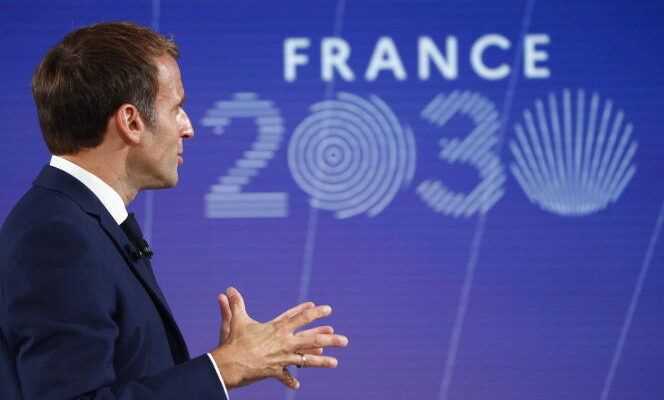With a total envelope of 100 billion euros, the executive undoubtedly hoped to be able to derive political benefit from the gigantic stimulus plan announced at the end of 2020. And for good reason: never such a sum of public money n ‘had been mobilized by a government in times of crisis, even in 2008. But a year after the presentation of this hybrid object, combining tax cuts, subsidies, employment aid and investment, its macroeconomic effect remains very difficult to assess. measure. This is the first conclusion of the evaluation committee mandated by the government in the spring, chaired by economist Benoît Cœuré, and which will make its work final in 2022.
Presented after the first confinement, the recovery plan aimed to “Revive activity in the short term” and already “Prepare France for the 2030 horizon”, then explained Matignon. The hope was that it would create 160,000 additional jobs in 2021 and boost the “potential” growth (that a country can achieve when its production and employment capacities are in full swing) in France. one point of GDP over ten years. The Treasury Department, as well as certain independent bodies such as the OFCE or Rexecode, even estimated its impact between 1.1 and 1.5 percentage point of GDP in 2021. Objectives that the government quickly gave up in the face of the resumption of the health crisis, instead encouraging the ministers to promote the plan on field.
No link established between plan and recovery
But since its launch, this plan called “France Relance”, supplemented by a green label stamped across France on tarpaulins and site signs, has struggled to exist as a political object. Struck by the resumption of the health crisis, he found himself trapped between emergency measures intended to help businesses and investment projects announced with great fanfare by the President of the Republic in mid-October.
Twelve months later, the committee’s verdict is probably not what the executive would have liked, especially a few months before the elections. “The macroeconomic objective assigned to France Relance – to reach the pre-crisis level of activity by summer 2022 – has a high probability of being achieved”, admits the committee, which nevertheless judges “Difficult to establish a direct link between this rapid recovery of the macroeconomic situation and the implementation of France Relance, even if the plan certainly contributed to it”. Clearly, it is impossible at this stage to say that the plan has boosted growth and employment. And it will remain difficult to separate the effects of the various measures taken since the start of the crisis – emergency aid, recovery, investment – whose horizons and beneficiaries partially overlap. “This crisis is historic”, underlines Benoît Cœuré, recalling that “The empirical realities on which macroeconomic models are built” are not those of the exceptional situation crossed for two years.
You have 30.56% of this article to read. The rest is for subscribers only.
